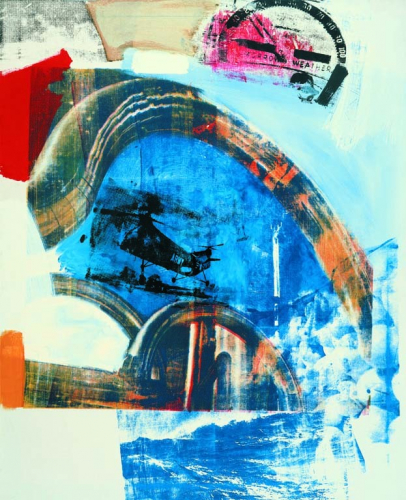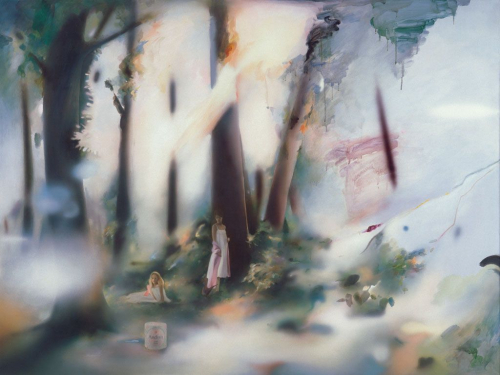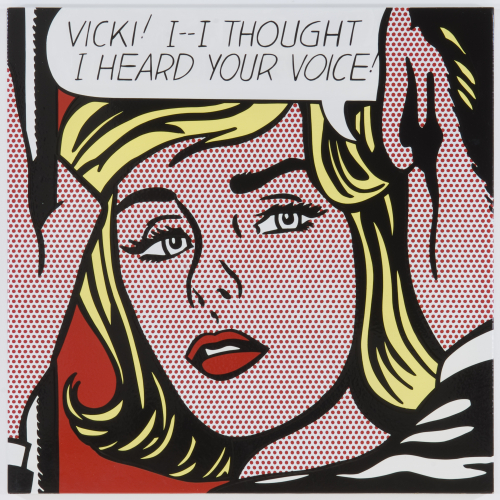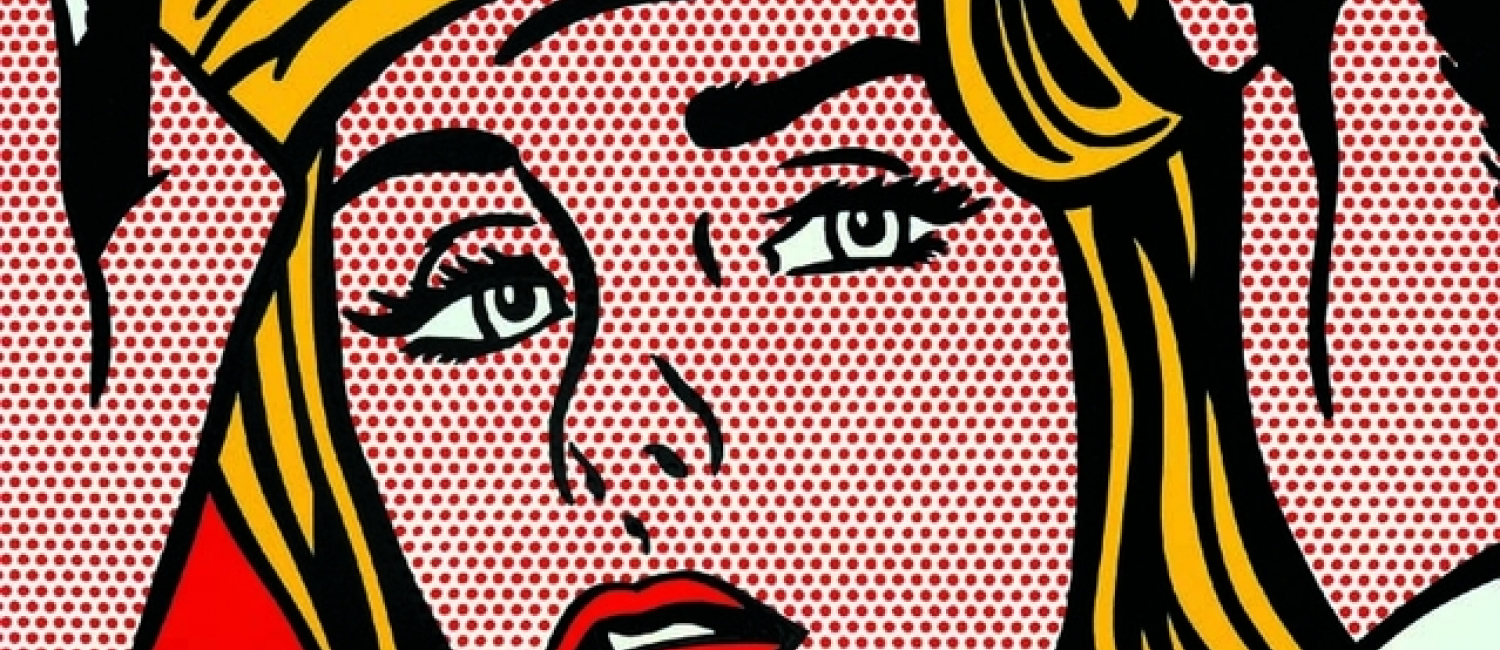The most remarkable and best-known pieces of the collection established by the founders of the Ludwig Museum, Peter and Irene Ludwig, are the artworks representing American and European pop art trends, which introduced the spectacularity of mass culture into high art.
Related contents

The Five Senses
Although Joe Tilson's work have made use of more individual craftwork than those of other Pop artists, he also applied techniques characteristic to Pop art and made series drawing on the image production of mass media.

Hedge
His combined pictures based upon the Neo-Dadaist principle of creating artworks as if by accident and bridging the “gap between life and art” became the trademark of the artist in the 1950s. The screen prints resembling the two-dimensional “versions” of Combined Painting were made in the spirit o

Shim (from the Hoarfrost Editions series)
The Pop art source of Rauschenberg's prints made in the early-seventies is still the pictures taken from magazines and the mass media regardless of their hierarchical relationships, combined with the reproductions of classic artworks; the difference is that these pictures are printed on muslin or

Lingerie Counter
The Swedish born artist, still active in the American Pop art, has focused on mass culture and everyday life.

Single Elvis
WARHOL, the most influential and best-known figure of Pop Art, was a commercial artist before he turned into a star.

Soft Pink Landscape
At the beginning of the 1950s, advertising renews with the increase of mass-cultural consumption in the United Kingdom; Richard Hamilton is among the first artists to integrate the features of the new visual culture into his work.

Car Accident
Wolf Vostell is a pioneer of German happening, Fluxus and video art, who created his works from the late 1950s onwards in the spirit of the so-called “decollage”.

Landscape #4
Tom WESSELMANN’s art played an important part in the emergence of the Ludwigs’ collection—the piece held in Budapest is in fact of key significance in this regard as well.


